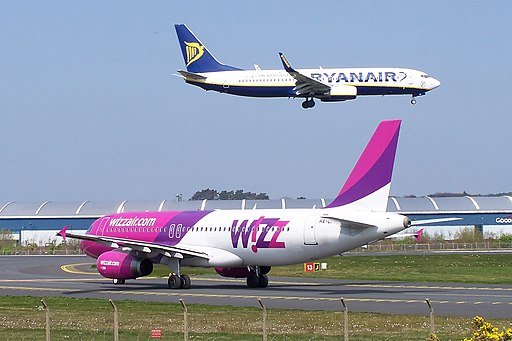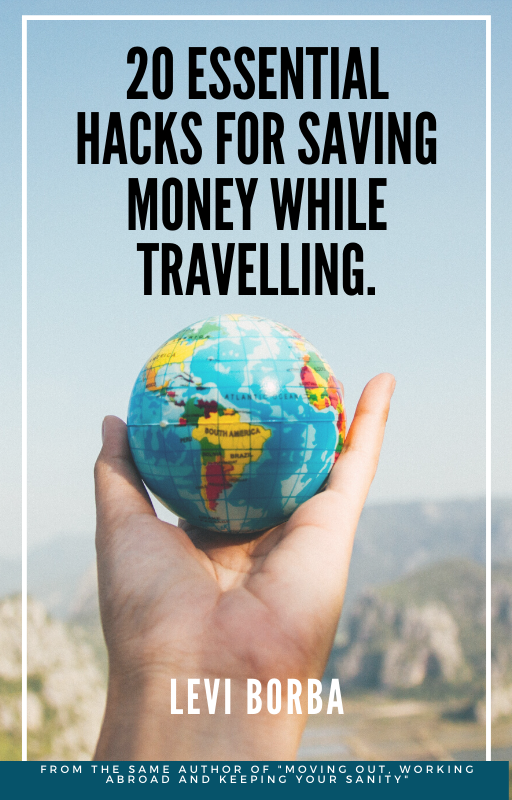How Russia Is One of the Most Unequal Countries on the Entire Planet
Since my childhood in Brazil, I always heard about how our country is unequal in terms of income and wealth, so since high school, we have been taught about something called the Gini Coefficient because we know that Brazil performs very badly on it.
The problem is that the Gini coefficient is not a very good measure of certain countries.
Why?
While the Gini coefficient measures the distribution of income in a society, it does not count for two things:
1st: The income that is earned by people from that certain country but are not brought to its economy (eg: Russian oligarchs with large bank accounts in Dubai).
2nd: It does not measure the regional disparities.
I am not here trying to invalidate the Gini coefficient. Brazil is an unequal country, and that is visible in our society.
BUT…
As someone who has traveled to every continent since I left Brazil almost a decade ago, I dare to say that Brazil is not even close to being among the worst cases. And here I bring up the matter of Russia.
Because Russia, despite having one of the most affordable educational systems in the world, is an extremely unequal country when you observe its regional disparities. Something that has deep roots in the very genesis of the Russian state (more about it later).
So I decided to compare the income per capita of the richest and poorest regions of different countries in the world (at least those that have public information easily available, so sorry North Korea, you are not part of my little study).

Criteria for a Regional Approach to Income Inequality in Different Countries, including Russia.
I made it simple.
Basically, I compared the most recent data from multiple sources like Statista (for the United Kingdom and a few other countries), Eurostat (for EU countries like Poland), and UNDP (for Russia).
On these websites, I searched for the sub-unit (meaning state, province, region, voivodeship, oblast, etc) GDP per capita. Not PPP, since there are different methodologies for PPP calculation, but nominal GDP per capita.
Then, using an excel sheet, I calculated the income difference between the richest and poorest sub-unit of each country.
The results are shown in the table below.
| Country | Year | Richest State/Unit | GDP Per Capita (US$) | Richest State/Unit | GDP Per Capita (US$) | Difference |
| Russia | 2018 | Moscow | $22,060 | Ingushetia | $1,790 | 1132% |
| India | 2020 | Goa | $6,227 | Bihar | $661 | 842% |
| Mexico | 2018 | Campeche | $67,233 | Chiapas | $7,255 | 827% |
| Brazil | 2019 | Distrito Federal | $22,677 | Maranhão | $3,515 | 545% |
| Colombia | 2016 | Casanare | $26,546 | Vaupés | $4,293 | 518% |
| France | 2018 | Île de France | $70,500 | Mayotte | $11,800 | 497% |
| The United States | 2021 | Washington | $226,861 | Mississippi | $42,411 | 435% |
| Poland | 2019 | Warsaw | $30,612 | Lubelskie | $9,535 | 221% |
| Italy | 2018 | South Tyrol | $55,600 | Calabria | $19,100 | 191% |
| Japan | 2014 | Tokyo | $68,776 | Nara | $24,970 | 175% |
| The United Kingdom | 2020 | London | $55,974 | North East | $23,109 | 142% |
| Germany | 2019 | Hamburg | $78,904 | Saxony-Anhalt | $33,978 | 132% |
| Canada | 2019 | Northwest Territories | $100,871 | Nova Scotia | $47,837 | 111% |
A Regional Approach to Income Inequality in Russia
As expected, developed countries like Canada, Germany, and the UK all had relatively low inequality between their richest and poorest regions.
Inside the US, a country with 50 states, the richest unit (Washington DC) has a GDP per capita 435% higher than the poorest (Mississippi).
France is a bit of an outlier when compared to other European countries because their overseas possessions are relatively poor, and that is the case of Mayotte, an island close to Mozambique. Île de France, the department where Paris is located, has an income six times larger than Mayotte.
As one could expect, all the analyzed Latin American countries have very high regional inequality. In Brazil and Colombia, the richest regions have more than six times the income of the poorest ones. In Mexico, it is almost 10 times more.
In India, a country with over 1 billion people and where a caste system still exists in some regions, the richest region (the former Portuguese colony of Goa) has a GDP per capita 842% higher than the poorest region, Bihar.
But none (I repeat: none) of these countries have regional inequality close to that of Russia.
Check also: Debunking the Myth “Sanctions Against Russia Aren’t Working”
Why does Russia have so much Inequality?

Moscow has a GDP per capita that is 1132% higher than the poorest region.
There are some other regions in Russia that also have high incomes, but due to their very small populations (e.g., the Nenets Autonomous Okrug has a GDP per capita larger than Moscow, but since it has only 42 thousand residents, it is likely that a single entity or person is skewing this number). If we considered these regions, the regional inequality in Russia would be even higher.
There are many explanations for why Russia has so much inequality, but many fail to consider that this inequality is not a recent phenomenon. It is historical, and has existed for centuries across many regimes: from Czarist Russia to the Soviets and now to Putin’s government.
There is one single expression that may explain why there is so much variation between regions.An expression proudly repeated by Russian ideologues like Alexander Duguin, but which bears a much more sinister meaning:
Russia as the “The Third Rome”
I will not enter into all the complex explanations behind the idea that for centuries, Russian intellectuals considered their country the successor of Rome, but rather on the economical implications of it.
Rome prospered and thrived by exploring the outskirts of the empire. Yes, they also brought law and protected the borders, this is true, but the heavy taxes and enslaved rebels from the provinces were some of the most important foundations of the Roman economy.
When the Roman empire ceased to expand, it was the beginning of its downfall.
And the very idea of “Third Rome”, which forms the expansionist Russian ideology, explains a little of why Russia needs to expand. Why do the Czars, Trotsky, Khrushchev, and now Putin all need to expand? Because Moscow requires resources, just like Rome needed them.
And Russia is now facing one of the worst population declines in the entire world, just as Rome suffered back then.
(Not even mentioning the massive brain drain caused by young, educated Russians leaving the country for better opportunities abroad).
If you enjoyed this article about inequality in Russia, check these below:
The Most Dangerous Cities in Europe
The Cost of Living in London vs The Cost of Living in Berlin, Madrid, Paris, Rome, and Warsaw
These 5 Countries Are Getting Stronger with the Turmoils of 2022
The Chinese Banking Bankruptcy Could Trigger the Mother of All Crises
Subscribe (for free) to receive my articles directly in your inbox and receive a special gift. If you enjoy this article, please consider becoming a Medium member by using this link and have access to premium, unbiased content from authors not tied to big media.
Levi Borba is the founder of expatriateconsultancy.com, creator of the channel The Expat, and best-selling author.




